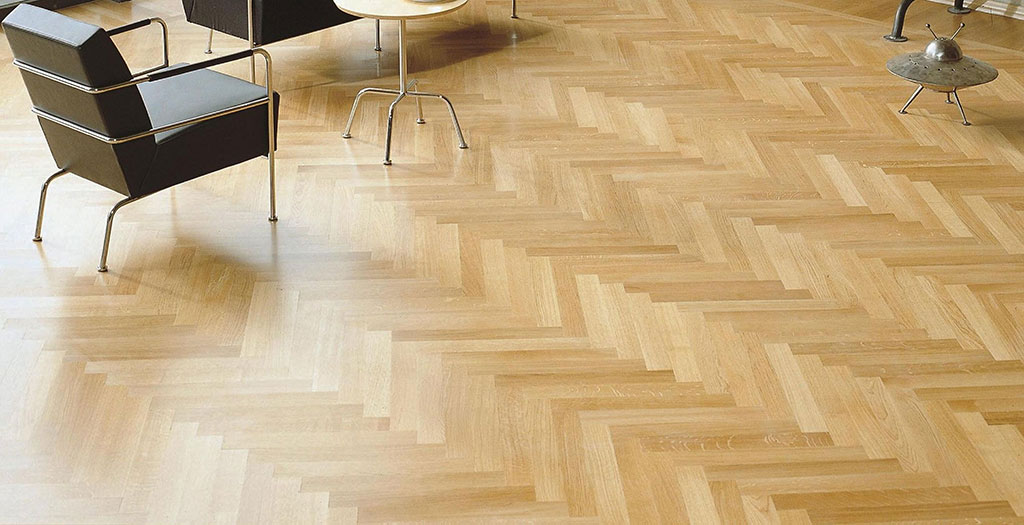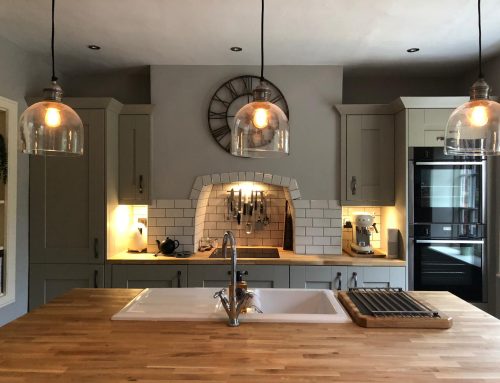[av_one_full first min_height=” vertical_alignment=” space=” row_boxshadow=” row_boxshadow_color=” row_boxshadow_width=’10’ custom_margin=” margin=’0px’ mobile_breaking=” border=” border_color=” radius=’0px’ padding=’0px’ column_boxshadow=” column_boxshadow_color=” column_boxshadow_width=’10’ background=’bg_color’ background_color=” background_gradient_color1=” background_gradient_color2=” background_gradient_direction=’vertical’ src=” background_position=’top left’ background_repeat=’no-repeat’ highlight=” highlight_size=” animation=” link=” linktarget=” link_hover=” title_attr=” alt_attr=” mobile_display=” id=” custom_class=” aria_label=” av_uid=’av-suku’]
[av_image src=’https://217.199.187.192/phihome.co.uk/wp-content/uploads/2020/08/wooden_floor.jpg’ attachment=’1422′ attachment_size=’full’ copyright=” caption=” styling=” align=’center’ font_size=” overlay_opacity=’0.4′ overlay_color=’#000000′ overlay_text_color=’#ffffff’ animation=’no-animation’ hover=” appearance=” link=” target=” id=” custom_class=” av_element_hidden_in_editor=’0′ av_uid=’av-kd04l6f2′ admin_preview_bg=”][/av_image]
[av_hr class=’invisible’ icon_select=’yes’ icon=’ue808′ font=’entypo-fontello’ position=’center’ shadow=’no-shadow’ height=’50’ custom_border=’av-border-thin’ custom_width=’50px’ custom_margin_top=’30px’ custom_margin_bottom=’30px’ custom_border_color=” custom_icon_color=” id=” custom_class=” av_uid=’av-kd04ks2s’ admin_preview_bg=”]
[av_textblock size=” av-medium-font-size=” av-small-font-size=” av-mini-font-size=” font_color=” color=” id=” custom_class=” av_uid=’av-kby1o1aa’ admin_preview_bg=”]
Guide to Wooden Flooring
[/av_textblock]
[av_hr class=’invisible’ icon_select=’yes’ icon=’ue808′ font=’entypo-fontello’ position=’center’ shadow=’no-shadow’ height=’20’ custom_border=’av-border-thin’ custom_width=’50px’ custom_margin_top=’30px’ custom_margin_bottom=’30px’ custom_border_color=” custom_icon_color=” id=” custom_class=” av_uid=’av-kby1tih3′ admin_preview_bg=”]
[av_textblock size=” av-medium-font-size=” av-small-font-size=” av-mini-font-size=” font_color=” color=” id=” custom_class=” av_uid=’av-kby1n9og’ admin_preview_bg=”]
In the past, wood flooring was reserved for property owners who had a significant home improvement budget and its suitability in certain interiors was questionable at best. In recent years, progress in flooring technology has made wooden flooring more affordable than ever and have it fitted by Parker Home, you’ll be surprised how affordable installation is.
Here are some of your options, whether you are about to renovate your property, or looking into a new build.
Wood Flooring Types
There are two types of wood flooring nowadays, which means that in 99% of cases, one of the two will suit your project. One type is made from 100% wood and referred to as solid wood, while an alternative is made from wood, ply and MDF and referred to as engineered wood. Let’s look closer at the two options.
Solid Wood Flooring – Each floorboard is made from 100% timber, typically the likes of Pine, Oak, and Walnut. It suits most interiors, unless fitted over underfloor heating or in high humidity areas such as the bathroom. In such a condition, the wood may expand due to high temperature, causing the floorboard to rise.
Engineered Wood Flooring – Each floorboard is made from several layers of solid wood, Plywood, and MDF. The layer on top is made from solid wood, while the reminder (typically 4 to 6 layers) contains Plywood and MDF. This varied construction means that the floorboard is immune to expansion or contraction and can be fitted across the entire project including over underfloor heating and in high humidity areas such as the kitchen and bathroom. Else, its service life is slightly shorter than solid wood flooring, typically 25 to 50 years vs. 50 to 100 years in the case of solid wood flooring.
Wood Flooring Coating
 Each wood floorboard, whether solid or engineered, is coated on site or at the factory with a clear chemical coating. In the past, your option most of the time was to wax the floor. However wax is expensive, slippery, and collects dust. Nowadays, options revolve around chemicals made from hard oil or lacquer. Each has its pros and cons, as you’d imagine.
Each wood floorboard, whether solid or engineered, is coated on site or at the factory with a clear chemical coating. In the past, your option most of the time was to wax the floor. However wax is expensive, slippery, and collects dust. Nowadays, options revolve around chemicals made from hard oil or lacquer. Each has its pros and cons, as you’d imagine.
Oil Finish Wood Flooring – Oil is extremely easy to maintain and harder wearing of the two. It oozes into the wood thereby taking longer to wear. On the other hand, it does not protect the wood as well as lacquer does.
Lacquer Finish Wood Flooring – Lacquer is thicker than oil and therefore remains to a degree to the surface of the floorboard. This causes expedited wear, but don’t discount it yet. Because it remains on the surface it makes the floorboard almost waterproof so you can fit wood flooring (of the engineered type) in wet and humid areas such as the bathroom or kitchen.
Wood Flooring Grade
 The last consideration is more decorative in nature. It talks about the presence of natural wood elements in the floorboard such as sapwood, grain markings, and knots. High grades are cut from the centre of the log and therefore contain fewer such natural elements, basically a more uniform look. On the other hand, basic grades contain more natural elements making the floorboard more affordable. Here are your choices:
The last consideration is more decorative in nature. It talks about the presence of natural wood elements in the floorboard such as sapwood, grain markings, and knots. High grades are cut from the centre of the log and therefore contain fewer such natural elements, basically a more uniform look. On the other hand, basic grades contain more natural elements making the floorboard more affordable. Here are your choices:
Prime and Select Grades – The two are high-end grades which results in higher cost and lower amount of sapwood and knots.
Rustic and Natural Grades – The two are the basic grades, meaning that each floorboard will display colour variation, sapwood and knots of varying sizes. Note that grade is a visual indication and it does not impact the quality or longevity of the floor.
All in all, when you consider wood flooring, take into account your choice of type, finish, and grade. Talk to Parker Home for fitting costs. Options are nail down, glue down, and even floating, though you should let us decide which is more suitable for your interior.
Information provided by Jonathan Sapir, MD of Wood and Beyond.
[/av_textblock]
[/av_one_full]







Leave A Comment
You must be logged in to post a comment.